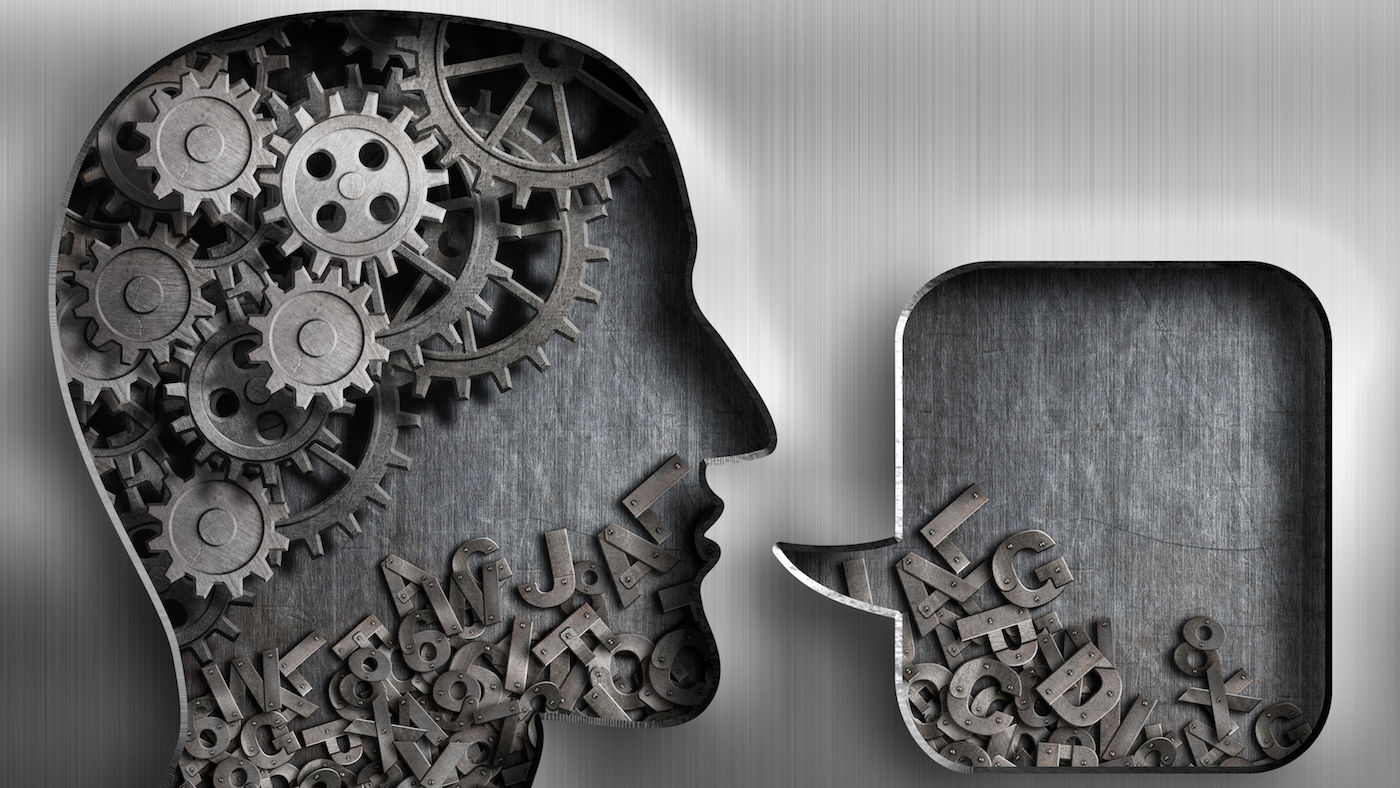In only a few years, embeddings have changed the world of natural language processing. How far have we come in teaching an artificial brain to understand natural language?
For many decades, computer scientists have been trying to teach computers to understand the human language. It’s a difficult task: Sentences that are easy to understand for us humans can be incredibly complex for machines. A major reason is that humans can see meaning behind words. We know how to put a word in context, know how to reason with it, and know how to use it to give it meaning and relevance. But computer scientists have struggled to teach this sort of deep understanding to a computer. Only recently, a new technique has emerged that promises unprecedented advances: embeddings. In this article I try to shed some light on this new approach in natural language processing.
The problem with one-hot vectors
Many computer programs work with self-learning algorithms: mathematical problem solvers that work with a "numbers in, numbers out" approach. For example, we might be able to ...
Read more after login
tekom members can log in directly with their "My tekom" access data.
You are not yet a tekom member, but would like to read one or more articles in full? Then you have the opportunity to register on the internet portal of the technical journal 'tcworld' without obligation. Once you have registered, you can select any three specialist articles and view them in full for a period of two months. The selection will then be deleted and you can select three new articles for the next two months.
As a tekom member you benefit from the following advantages::
- Online access to all articles of the trade magazine 'tcworld magazine'
- Exclusive specialist articles from all areas of technical communication
- Regular new articles from over 300 authors
- The technical journal 'tcworld magazine' as a printed edition
- Reduced admission prices to tekom conferences
- Membership fees for tekom publications
- Access to 'my tekom', the web forum with job offers / job requests, appointments, expert advice, service provider file and much more
Login
Registration
Promised: The trade magazine 'tcworld magazine' is the best we have. And we don't make the choice easy for ourselves. Every month, the editorial staff of the technical journal 'tcworld magazine' publishes the latest articles by renowned authors. This demanding selection is available exclusively to members of tekom (as usual, including the printed edition).
The trade magazine 'tcworld magazine' stands for intelligently prepared specialist articles, texts written to the point, informative content, surprising insights, international perspectives and communicates technical communication in an understandable, fast, clear and uncomplicated way - exclusively for you.

